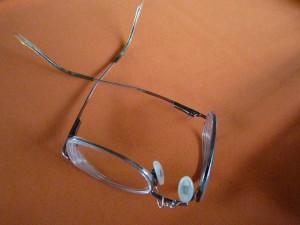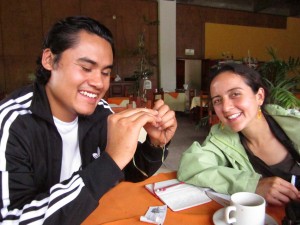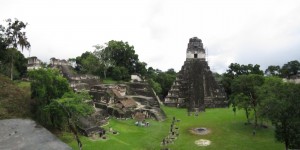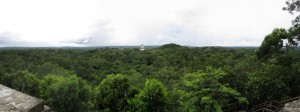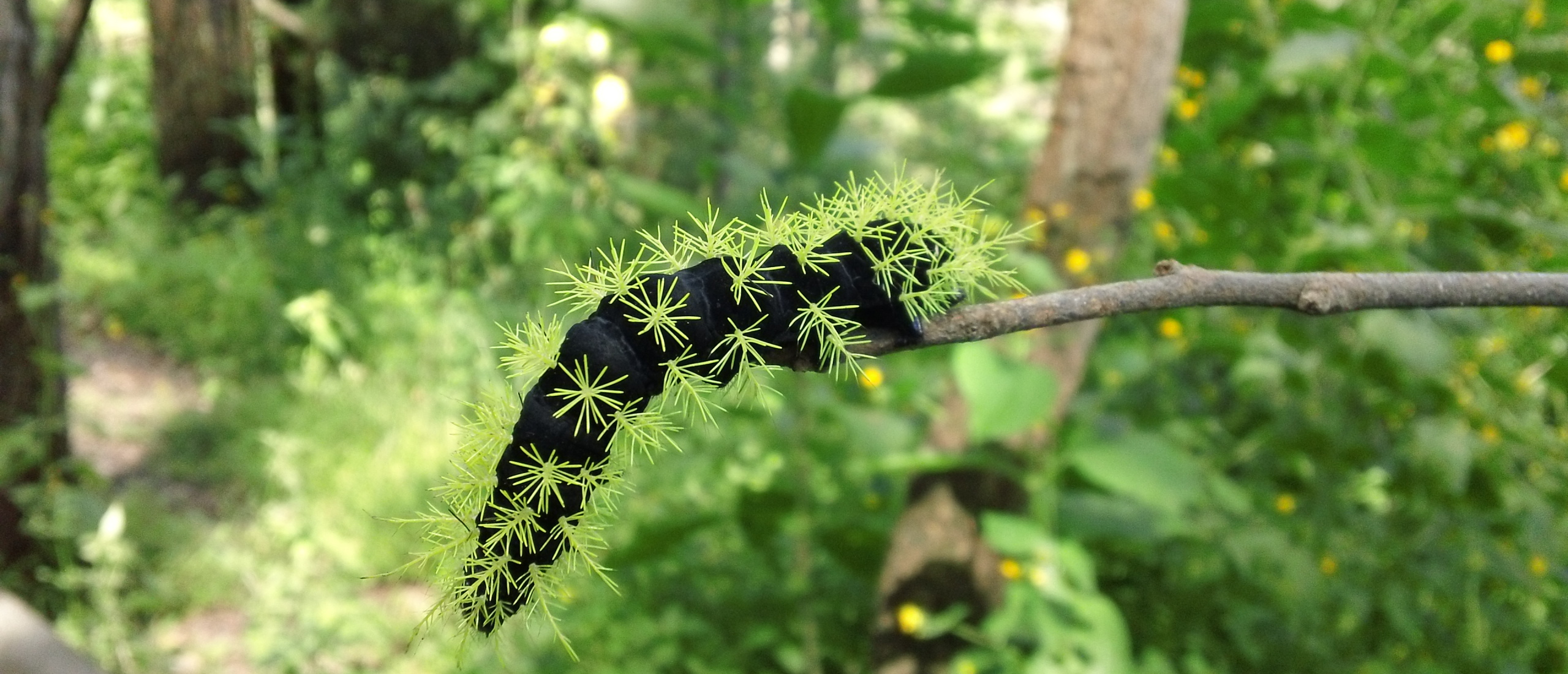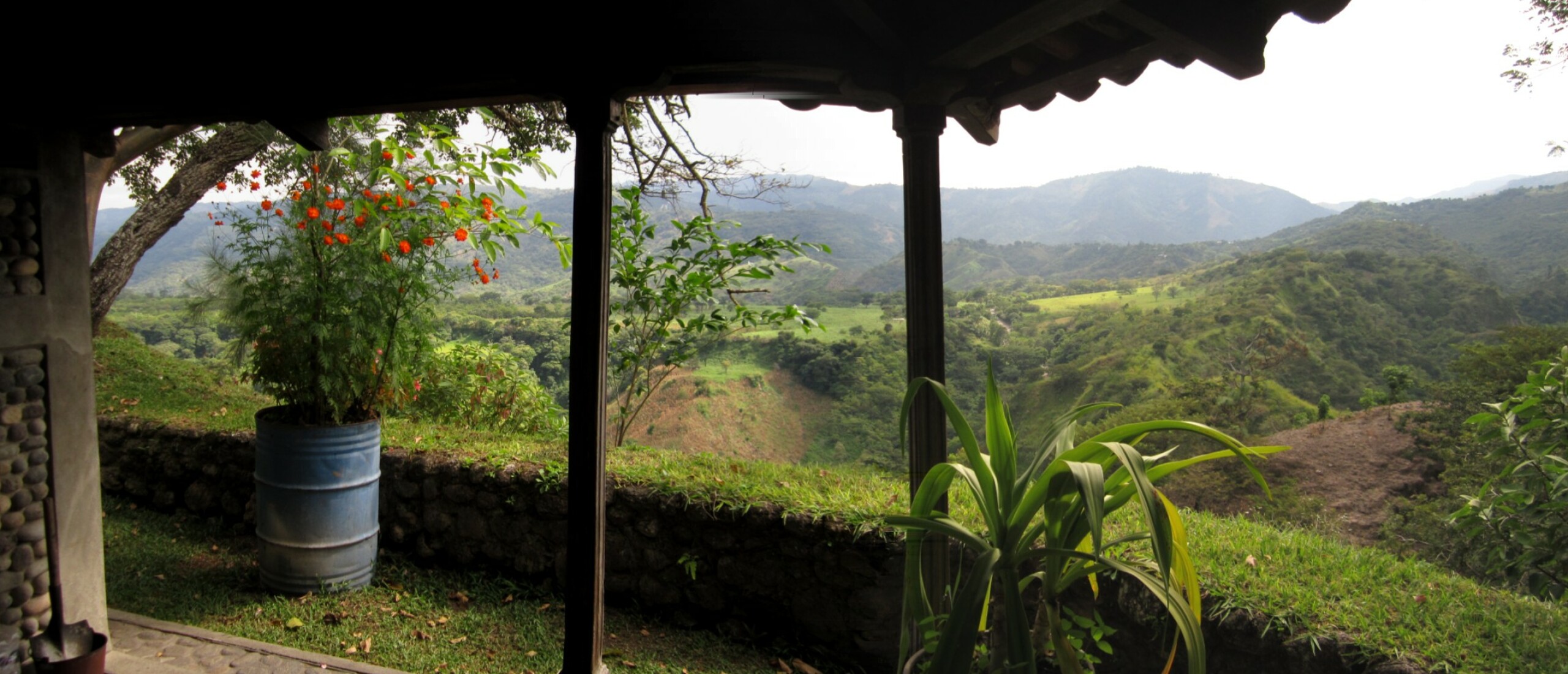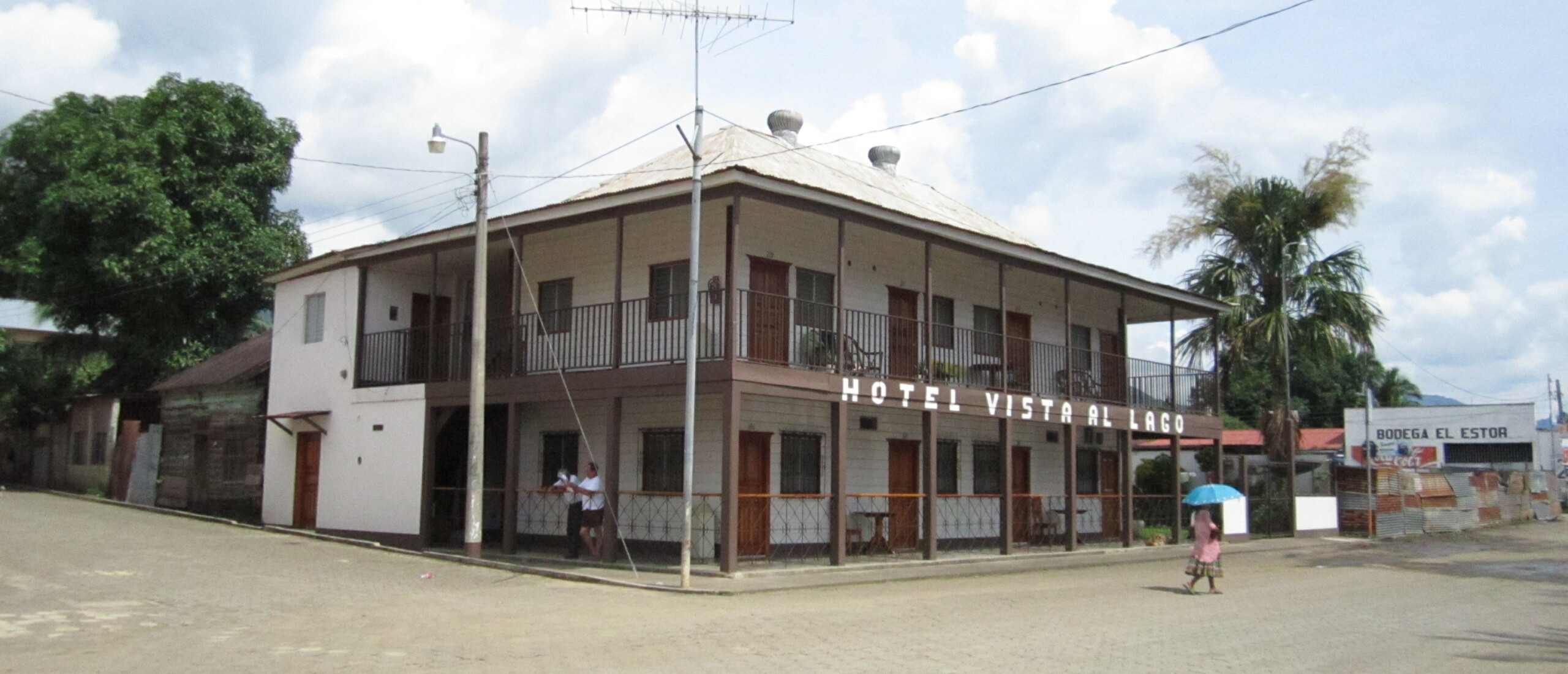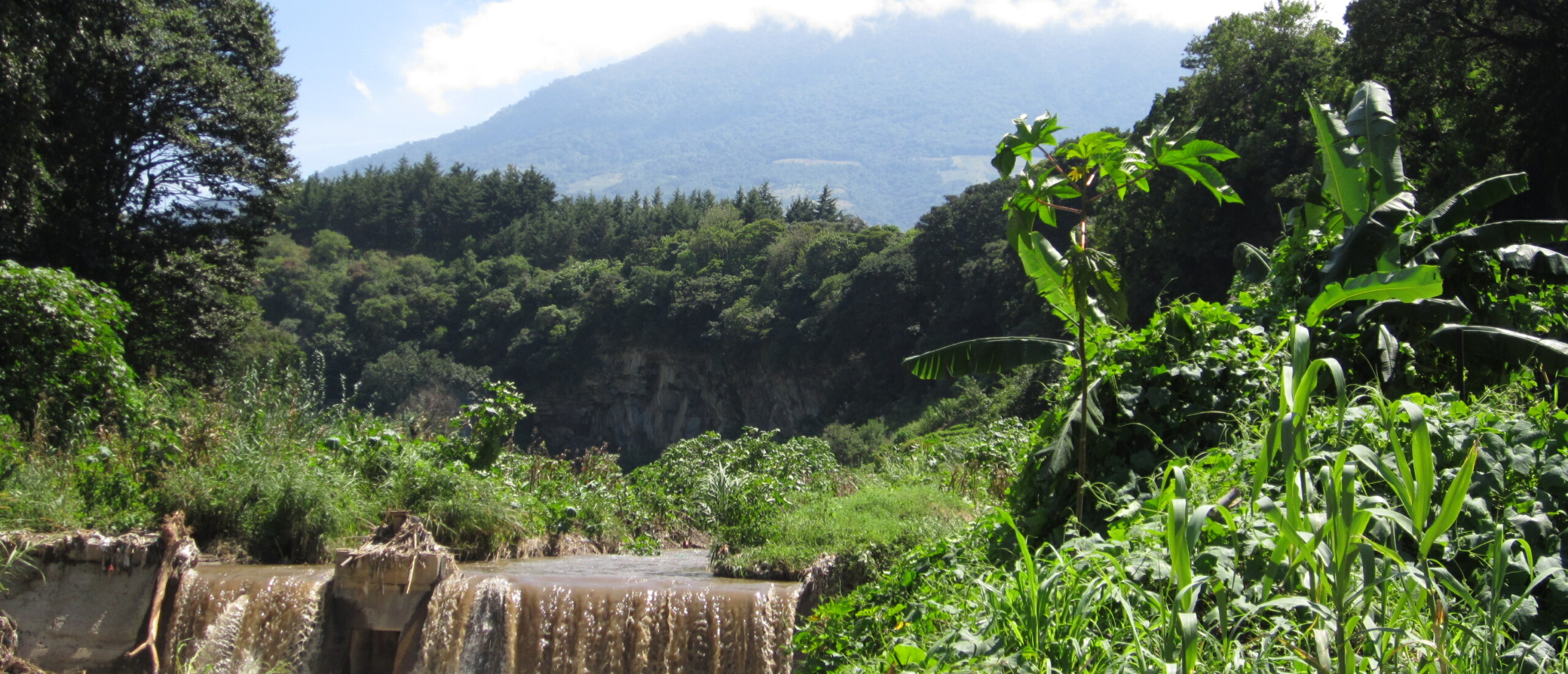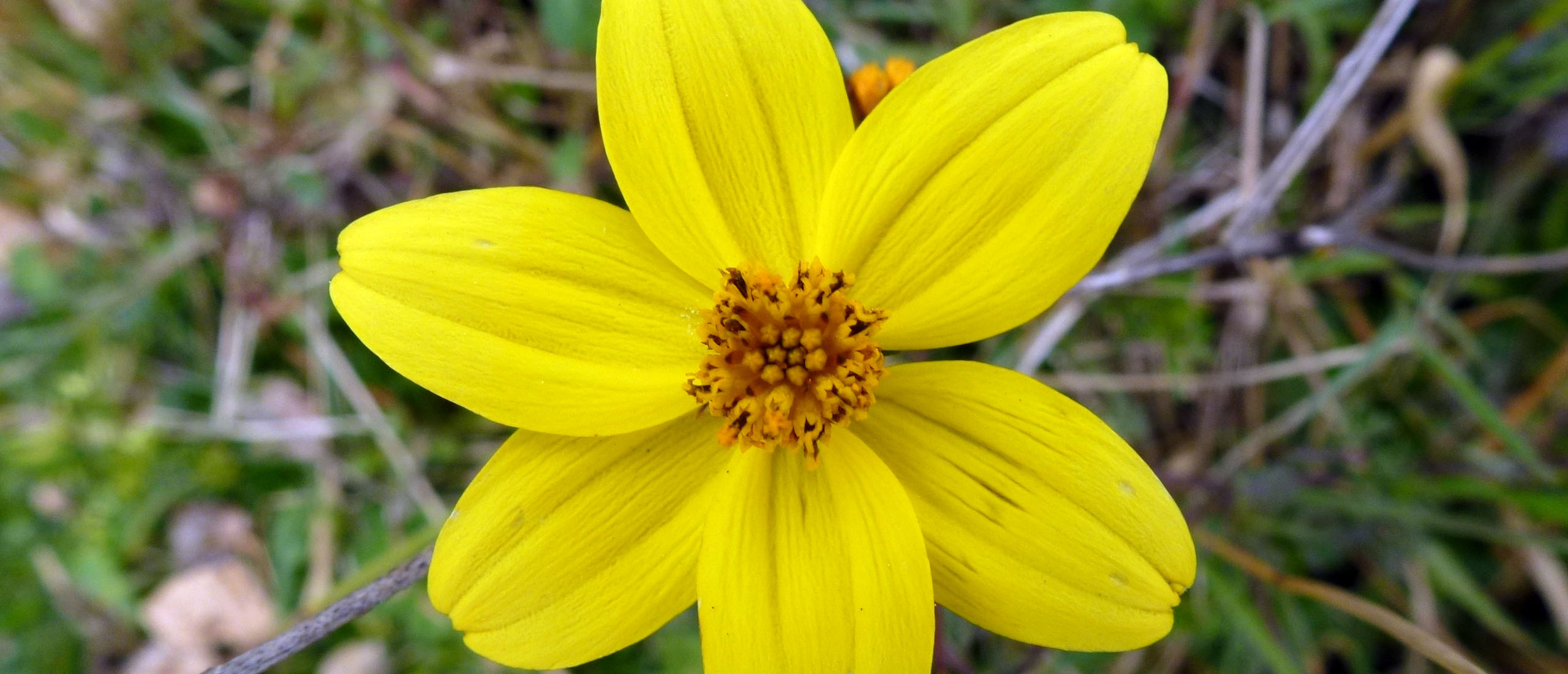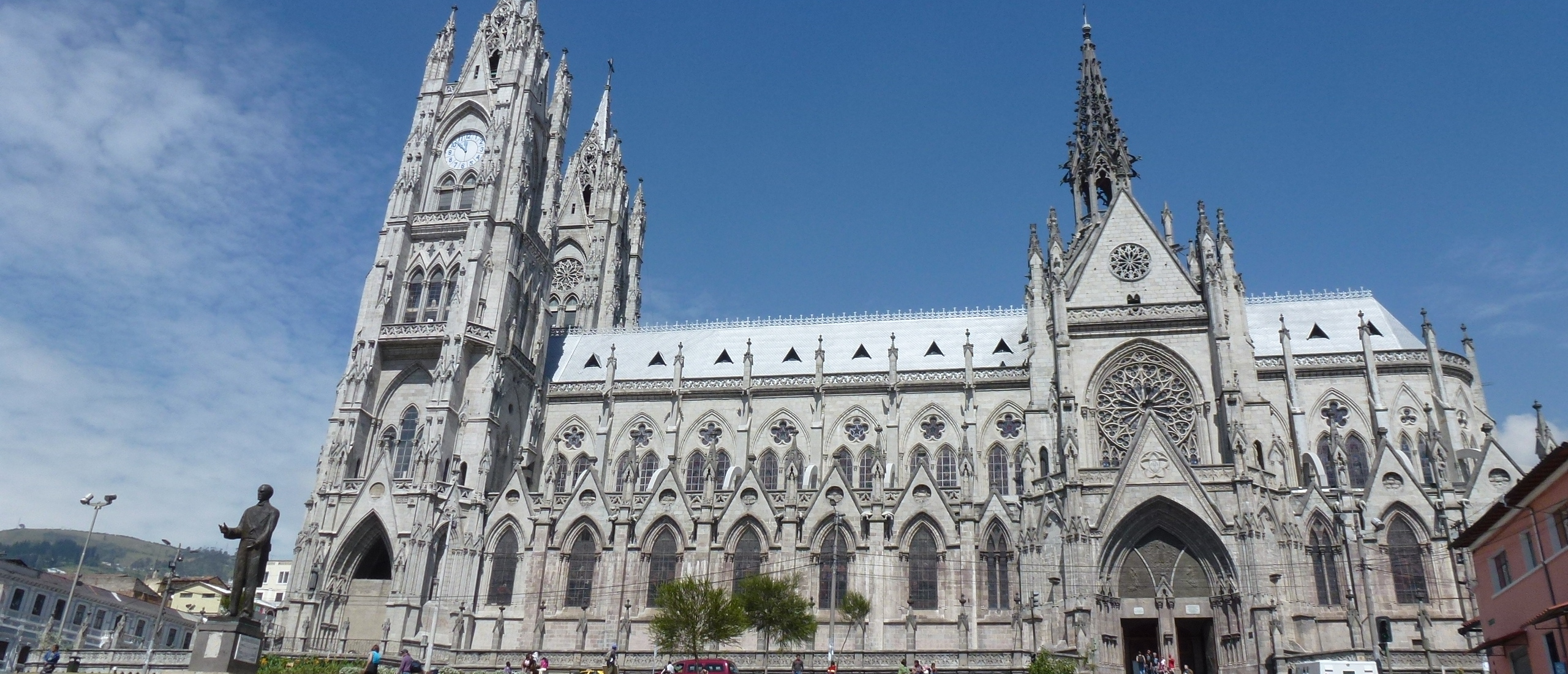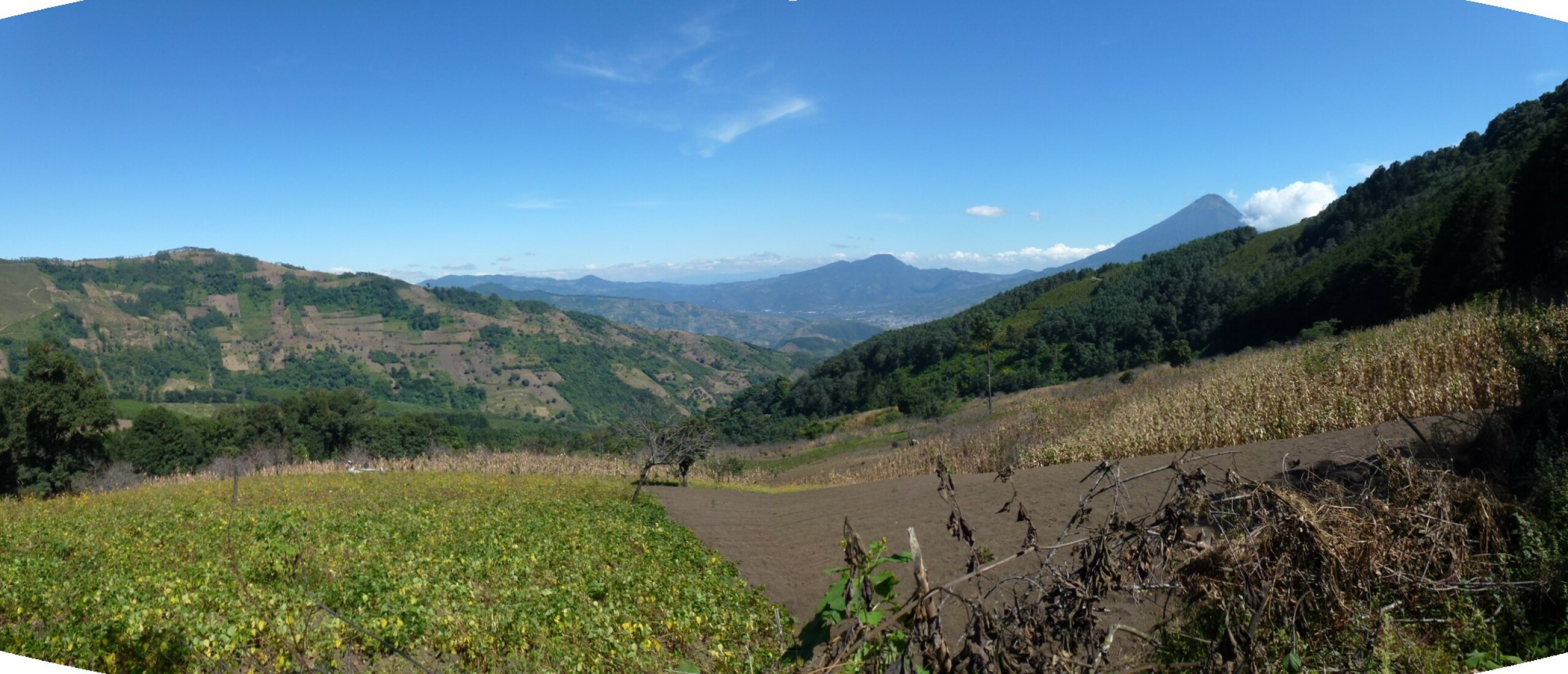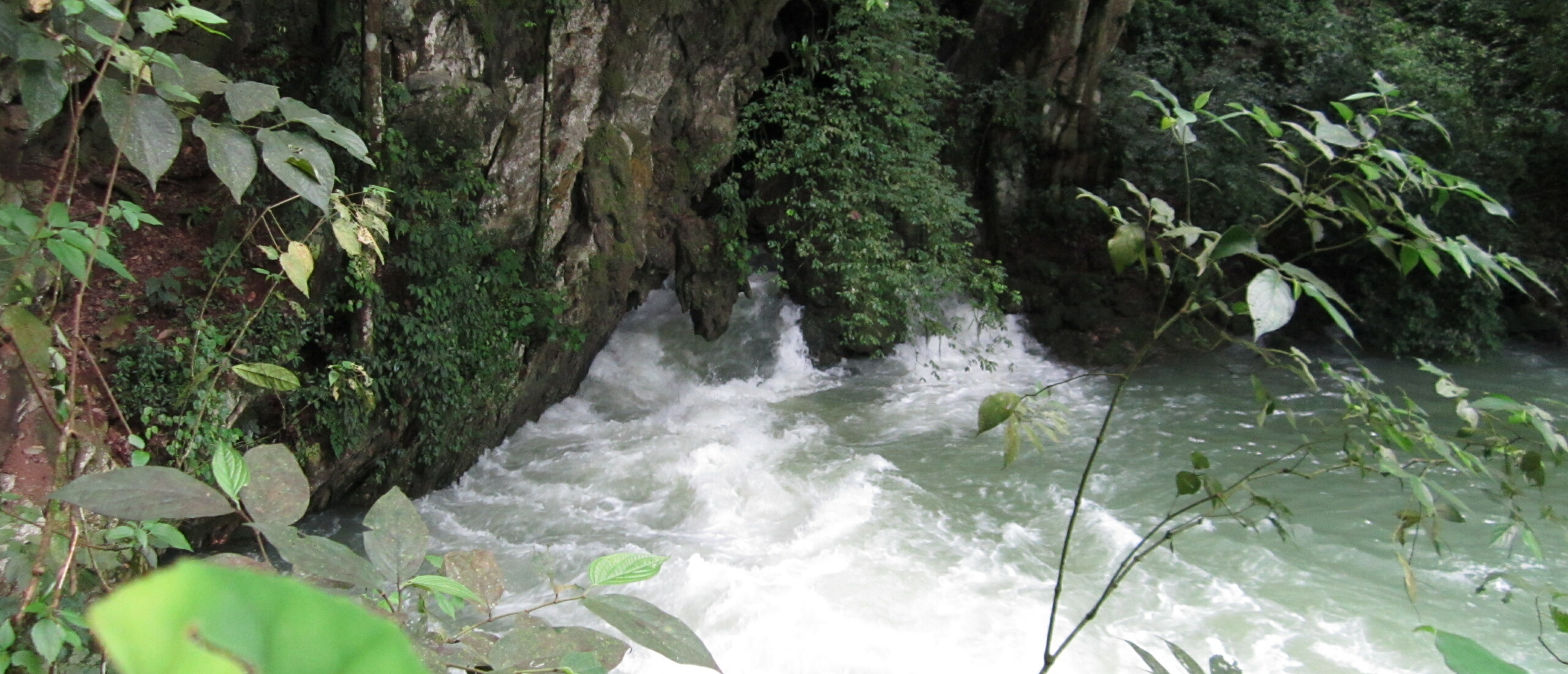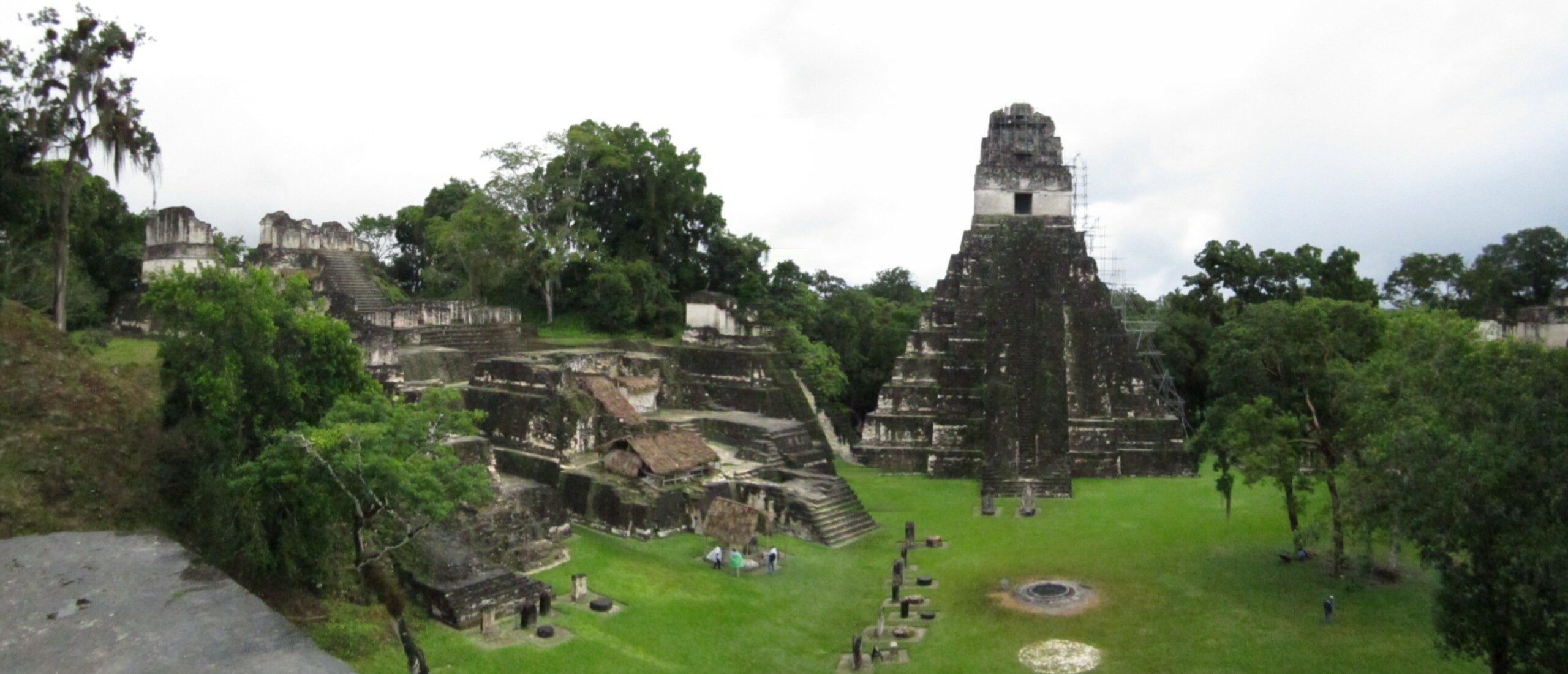
Lago de Peten Itza, near Tikal Following our departure from Antigua five days ago, we have had many adventures…mostly good! We set off in a minibus (somewhat extravagant for two passengers, but apparently cheaper than a 4-wheel drive car) guided by Marvin Ordóñez (highly recommended), who had driven Jacqueline and me several times back in August, so we knew we were in good hands! Our first destination was Salamá, where we arrived after an uneventful journey. We checked into the Hotel Don Maco, and then headed straight for San Gerónimo, my great grandfather George Charles Champion’s base for nearly a year, and which Jacqueline and I had visited on our journey, also back in August. We had lunch in the very attractive Hotel Posada de los Frayles, and then spent the rest of the afternoon birding along the dirt tracks near the hotel and near the row of ruined arches of the old aqueduct that used to bring water to the monastery, and later to the sugar mill next to which my great grandfather had lodged for much of his stay in 1879/1880. The birding was quite successful, and we much enjoyed introducing Marvin to his first ever bird expedition! That evening we also enjoyed an excellent dinner in Salamá with friends Brenda, Eduar and Jiichiro. The following morning dawned with torrential rain pouring from the dark grey clouds – and it has hardly stopped since! All went well until we came round a corner on the road between La Cumbre and the Biotopo del Quetzal, and found that a sizeable landslide had blocked the road, and a huge truck had slid off the carriageway and its wheels had embedded themselves in the mud at the side of the road.
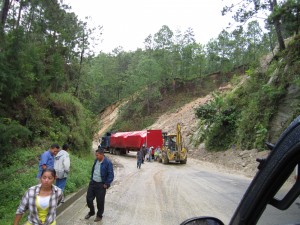 Landslide and truck blocking our route
Landslide and truck blocking our route
After waiting for at least thirty minutes, and watching 4-wheel drive vehicles struggling to get through (all succeeding but sliding all over the road the process), we almost decided to abandon our plan and retrace our steps, but luckily our patience was rewarded when a bulldozer appeared, followed by an even larger digger, and it was not long before the road was sufficiently clear for our minibus to slither its way through, and we were on our way again….through the seemingly endless rain. We passed through Cobán, and then began our descent towards the tiny town of Lanquín, which GCC had visited from 24th to 28th February, 1880. His description is as follows: Returned yesterday to Cobán after an absence of about a month. I wrote to you from Cajabon on the 20th or the 23rd . I left this place from Lanquín, in company with the priest, Don Luis Mejicanos and remained with him as a guest in the convent in Lanquín till the 28th. He made me very welcome and seemed very glad of a visitor, so few Europeans going to these places; sometimes there is but little to be got to eat in these places, but what little there is I think finds its way to the priest. The Indians bring him all sorts of things as presents, he is a jolly fat priest just like what you read about and is never tired of eating even if it is only frijoles and tortillas. It seemed queer taking one’s meals with five or six nearly naked Indians standing round; on the journey of six leagues to Lanquín he took a number of Indians with him to get breakfast on the road. Lanquín is still very hot, but a little cooler than Cajabón; shall long remember the magnificent moonlight nights in these places; after the hot days it is very pleasant to rest in a hammock in the evening before going to bed, the distant mountains, the village in a hollow below, the convent, the coconut palms, and all looking so strange by moonlight. Here in Lanquín I met a young Austrian plant collector, a Mr. Klabrock, who has been eight years in these countries; together we visited the enormous cave at Lanquín, and spent some time inside, by the aid of candles, and we penetrated a long distance; it was well worth seeing; we found but little inside beyond some land crabs. Our experience was not so different – we arrived at the village of Lanquín, and immediately headed for the very cave that GCC had visited in 1880. With rain pouring down outside, our ancient guide Alfredo (who looked almost old enough to have guided GCC in 1880!) led us deep into the extremely slippery caves, he and Natalia carrying flaming torches. We did not see any land crabs, but we did see numerous bats flitting around in the caverns, and I saw one cricket-like insect in an area where natural light never penetrates.
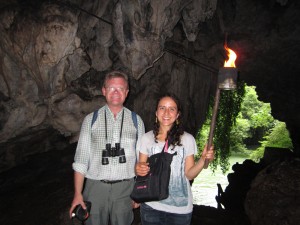 Natalia and self just before emerging from the cave of Lanquin
Natalia and self just before emerging from the cave of Lanquin
Finally, sweating copiously in the extreme humidity, we emerged and then headed into the village of Lanquín, where we parked up our minibus and transferred to a pickup truck for the 45-minute journey to our final destination, Semuc Champey, where we checked into our excellent hostel, El Portal, perched high above the raging torrent of the Rio Cahabón, which later lulled us into a fitful sleep – all the more fitful in my case due to a column of tiny ants that were using my bed as their highway. The following morning, after a quick breakfast, we set off into the park, and then began the steep and slippery climb to the mirador overlooking the truly breathtaking series of pools and cataracts of Semuc Champey, which these days attract numerous backpacking tourists, but which GCC did not visit – perhaps the roads were so bad in those days that he did not dare to risk his mule in an attempt to see this amazing natural wonder, or maybe he did not even know of its existence.
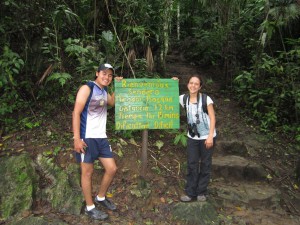 Marvin and Natalia by sign at Semuc Champey indicating difficulty of the trail - Dificultad dificil!
Marvin and Natalia by sign at Semuc Champey indicating difficulty of the trail - Dificultad dificil!
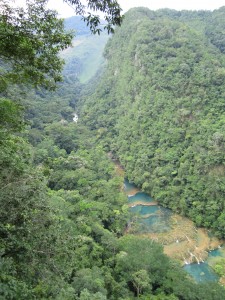 Semuc Champey from the mirador
Semuc Champey from the mirador
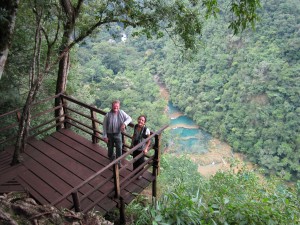 Natalia and self high above Semuc Champey
Natalia and self high above Semuc Champey
Having admired the turquoise pools from high above, we slithered our way down the muddy trail in order to approach the water, where we stripped off and plunged into the deliciously cool water. Here we were treated to the most wonderful natural pedicure, the small fishes nibbling at our feet and removing any excess skin that needed to be cleaned off! We finally returned to the hostel just as the heavens opened again, and we enjoyed our lunch looking out from our covered perch high above the raging river and observing the birds in the tree-tops below us.
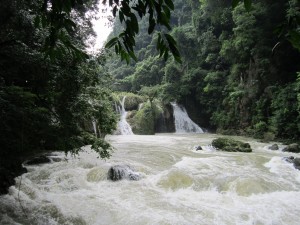 Falls just below the pools of Semuc Champey
Falls just below the pools of Semuc Champey
The rain eased a little later in the afternoon, and Natalia and I took advantage of the lull to do a walk along the extremely rough road towards Senahú, observing birds busy going about their evening activities. The road had become a river in places, and we splashed our way along, passing huts of local people, many of whom in this isolated region do not speak Spanish even today. In the evening we made the acquaintance of a Colombian father and son, Santiago Garcia and 11-year-old Nicolas, who brightened up our evening by showing us an amazing film that Santiago had made of a journey he made to a remote national park, Tuparro, on the banks of the Rio Orinoco. The evening ended with Santiago and Natalia dancing merengue, as only Colombians can! The following morning, with the rain still pouring down, we climbed into a pickup truck for the return journey to Lanquín, where we transferred back into our own bus, and headed first back up to Cobán, and then northwards towards the flat lowlands of the Petén. In several places the road had been washed away, but we splashed our way through, and even managed to cross the extremely swollen Rio de la Pasión on a small ferry, where only the roofs of the riverside houses were showing above the waters. Our route took us through the major town of Santa Elena, where we got thoroughly lost in the rain-filled streets before we finally found our way out onto the main highway leading to Tikal. We finally checked into our delightful hostel, Mon Ami, in the small settlement of El Remate, on the shores of the Lago Peten Itza. Today dawned rainy again, but we headed north again for the short drive into the national park surrounding the famous ruins of Tikal, where we parked up, and were immediately treated to excellent views of a Keel-billed Toucan perched in a tree above the restaurant, and were amazed by the troops of the globally endangered but here common Ocellated Turkeys pecking around the tourists’ feet. We decided that it would be wise to have breakfast before embarking on our day-long walking tour of the ruins and jungle, and it was during this meal that a real disaster befell me: while cleaning my glasses, the bridge between the two lenses snapped and I was left with two separate halves of my vital visual aids! I normally carry a pair of prescription sunglasses as a backup, but somehow on this occasion I had left them in Guatemala City!! For an extremely myopic birder, visiting the World Heritage Site and renowned birding site of Tikal without his vital spectacles, nothing could be worse. Drastic repair measures were called for, so Marvin went off to try to purchase super-glue and insulating tape, Natalia obtained paper-clips and scissors, and we set to work. At this point, who should walk past but our Colombian friends Santiago and Nicolas, and our efforts, combined with Santiago’s orthodontological dexterity, finally produced a vaguely usable pair of semi-disconnected lenses, and we set off into the jungle.
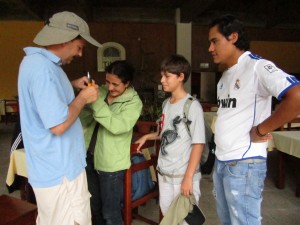 Repair team two, with the addition of Santiago and Nicolas
Repair team two, with the addition of Santiago and Nicolas
Tikal is a truly spectacular, unique site, where archaeology and ornithology can easily be combined, and the amazing pyramids themselves provide fabulous elevated vantage points for observing birds at eye-level in the canopy of the surrounding trees. We spent the morning wandering peacefully through the site, climbing ruins, birding….and trying to avoid the numerous extremely active and ravenous mosquitoes, an absolutely lost cause!
Our final destination was the tallest of all the structures, Temple IV, from the top of which a truly spectacular panorama was spread below us, of seemingly endless jungle (although sadly the impression of endlessness is only an impression – outside the park the forest is disappearing at an alarming rate), out of which rise these ancient architectural marvels of the Mayan world. To crown it all for us, a beautiful Orange-breasted Falcon flew in and perched on the bare branches of a nearby tree. At this point, the heavens opened and a truly torrential downpour commenced, and it has not stopped since. We tried to protect ourselves as best we could, but by the end of the long trek through the jungle back to the vehicle, we were absolutely drenched. We thought of stopping to shelter somewhere, but even in spite of the sheets of water pouring from the sky, the shortest halt produced clouds of truly vicious mosquitoes, so we ploughed on. Natalia’s passport and money were absolutely soaked through, I was worried that I might have destroyed my third camera of this journey, but luckily it and my binoculars survived. And so ended a truly memorable visit to Tikal, one marked in my case by broken glasses and vast numbers of mega-itchy bites, as well as more pleasant memories of this awe-inspiring place.


